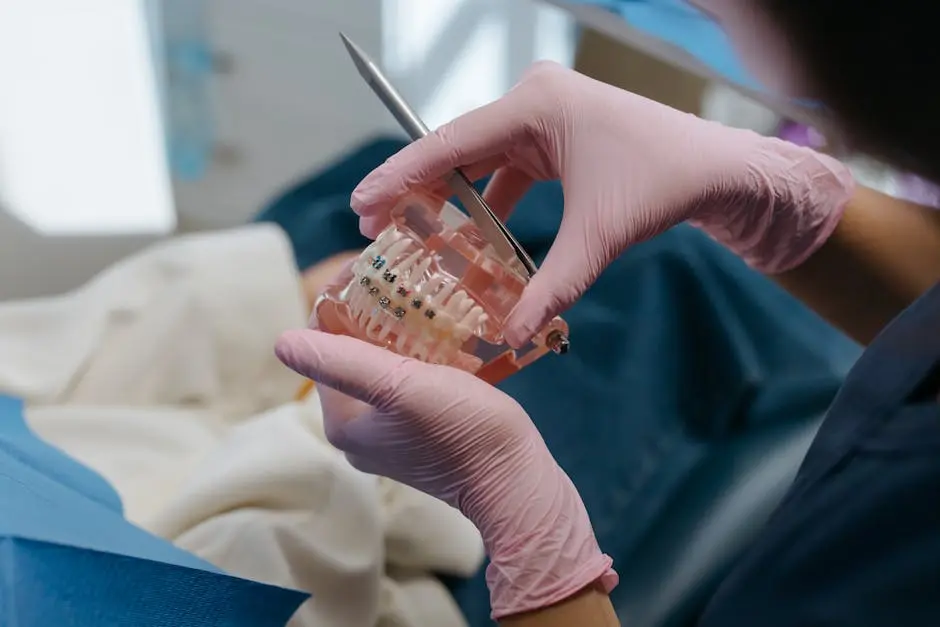What Should I Expect During My Tooth Correction Process?

Embarking on a tooth correction journey can be both exciting and daunting. Whether you’re considering braces, aligners, or other orthodontic treatments, understanding the process can ease your mind and set clear expectations. This blog will guide you through each step of the tooth correction process.
Initial Consultation and Assessment
The first step involves meeting with an orthodontist to assess your specific needs. This includes taking X-rays, photos, and impressions to create a personalized treatment plan. At your initial consultation, the orthodontist will explain your individual treatment options and help you understand what the journey will look like.
During this consultation, your teeth’s alignment will be evaluated, including how your upper and lower teeth fit together. This step is crucial to identify any malocclusions and to design a plan that addresses your unique alignment issues, whether it’s for braces or aligners.
Choosing the Right Treatment Option
Selecting the right treatment for tooth correction can be daunting with options like traditional braces, ceramic braces, lingual braces, and clear aligners such as Smileie. Your orthodontist will recommend the best solution tailored to your needs, considering factors such as the degree of misalignment, lifestyle, and budget.
Each option offers unique benefits: traditional braces are durable and effective for complex cases; ceramic braces blend with your teeth for a more aesthetic appeal; and Smileie provides a discreet alternative, especially for adults who prefer a near-invisible option.
Understanding the specifics of each treatment is vital for setting accurate expectations. For instance, lingual braces adhere to the back of your teeth making them less visible, while requiring a period of adjustment. Aligners, on the other hand, provide the convenience of being removable, which allows for better oral hygiene and no dietary restrictions.
Understanding the Treatment Timeline
The duration of your tooth correction process can vary significantly. On average, most treatments range from 12 to 24 months. The timeline is influenced by factors such as the complexity of the alignment issues, the type of treatment chosen, and your adherence to orthodontic guidelines.
Every few weeks, adjustments to braces or new sets of aligners will be provided. These appointments, typically scheduled every 6-8 weeks, are essential to track progress and ensure the treatment is moving in the right direction. Keep in mind that individual cases may expedite or prolong the treatment time.
Dealing with Discomfort and Adjustments
It’s perfectly normal to experience some discomfort as your teeth start shifting. Most patients report mild soreness or pressure soon after braces are tightened or when switching aligners. Over-the-counter pain relief options and orthodontist-recommended gels can help manage discomfort effectively.
The adjustment phase can also include minor lifestyle tweaks. For instance, soft foods might be more comfortable to eat initially. Follow your orthodontist’s advice on how to make these transitions smoothly, keeping in mind that any discomfort is temporary and signifies the progression of your treatment.
Maintaining Oral Hygiene During Treatment
Maintaining excellent oral hygiene is crucial throughout your tooth correction journey. Dentists emphasize the importance of brushing after meals and using interdental brushes or floss threaders to cleanse areas around brackets and wires.
Integrating mouthwash into your routine can enhance oral hygiene by reaching areas brushing might miss. Choose a mouthwash with antibacterial properties to help prevent cavities and gum disease during this period. Consistent oral care ensures not only healthier teeth but also efficient orthodontic treatment.
Completing the Treatment and Retention
Upon completion of the active treatment phase, it’s time to ensure your newly aligned teeth remain in place. This is where retainers come into play, providing the necessary support to lock in your perfect smile.
Retention is a critical component of the tooth correction process. Your orthodontist will guide you on how often to wear your retainer, stressing its importance in preventing teeth from reverting to their previous positions. Remember, commitment to your retainer is key to preserving the results of your journey.
Final Thoughts on Your Tooth Correction Journey
Navigating your tooth correction journey is easier when you know what to expect at each stage. With proper care, guidance, and a touch of patience, you’ll achieve the beautiful smile you desire. If you think clear aligners are the right choice for you, you can get started with a short assessment.

 USA
USA








